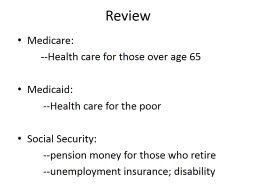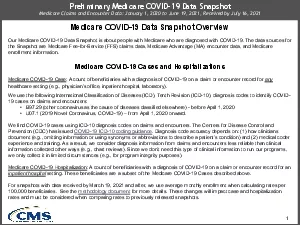PPT-Review Medicare: --Health care for those over age 65
Author : singh | Published Date : 2023-11-04
Medicaid Health care for the poor Social Security pension money for those who retire unemployment insurance disability Growing National Debt Should we be worried
Presentation Embed Code
Download Presentation
Download Presentation The PPT/PDF document "Review Medicare: --Health care ..." is the property of its rightful owner. Permission is granted to download and print the materials on this website for personal, non-commercial use only, and to display it on your personal computer provided you do not modify the materials and that you retain all copyright notices contained in the materials. By downloading content from our website, you accept the terms of this agreement.
Review Medicare: --Health care for those over age 65: Transcript
Download Rules Of Document
"Review Medicare: --Health care for those over age 65"The content belongs to its owner. You may download and print it for personal use, without modification, and keep all copyright notices. By downloading, you agree to these terms.
Related Documents














